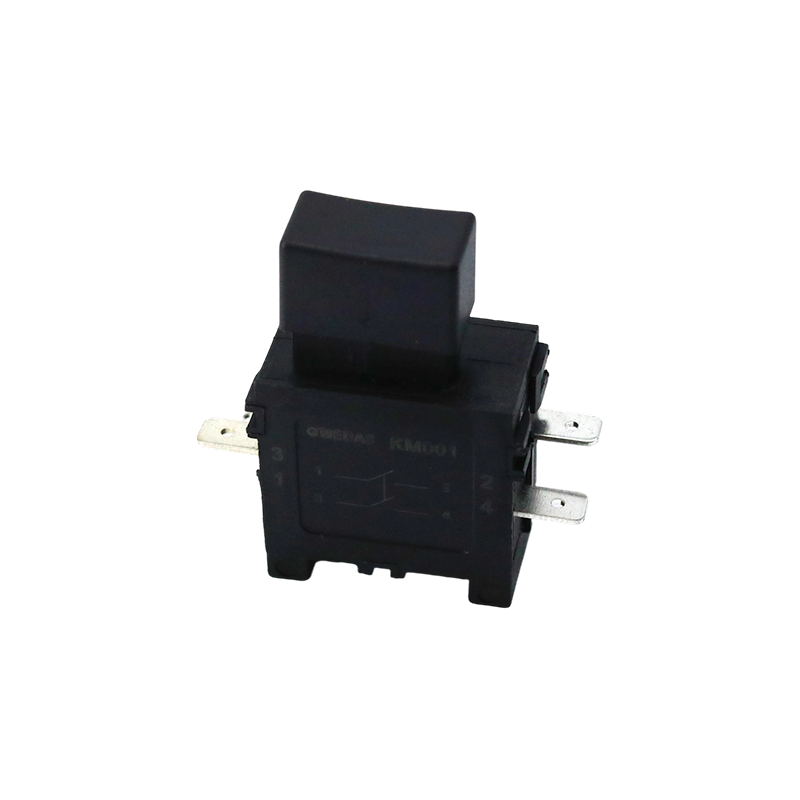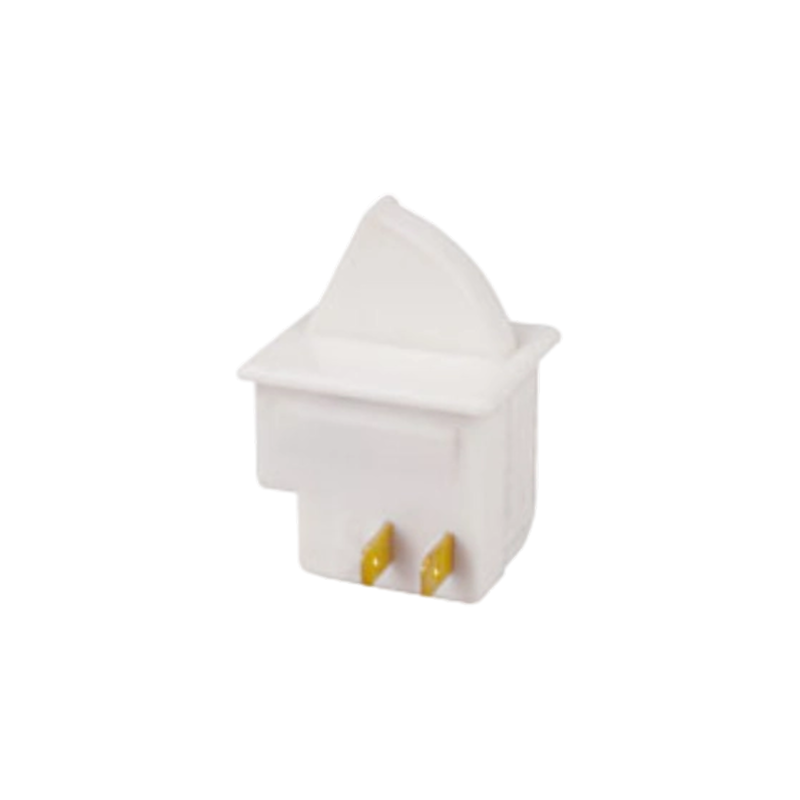-
A Rocker Switch is a compact and easy-to-operate manual control component. Its unique rocker-style actuation, combined with a toggle or momentary reset function, allows users to quickly switch circuit...View More >>
-
A micro switch is a small mechanical switch with a fast action mechanism, which is widely used in household appliances, industrial automation, automotive electronics, medical equipment, and other fiel...View More >>
-
Push button switches are widely used in various control systems with their diverse structural designs, high-strength material selection, and excellent performance. The products are available in a vari...View More >>
-
The internal structure of the piano key switch mostly adopts a mechanical or light-touch design. Some high-end models use capacitive sensing technology to achieve contactless operation, thereby improv...View More >>
-
The baby stroller gear switch is an innovative product independently developed by our company. We have applied for invention patents both domestically and internationally, which fully demonstrates the...View More >>
-
The knob switch adopts a high-sensitivity rotary contact structure, which has smooth operation and clear positioning, ensuring that every adjustment is accurate. The product has excellent durability a...View More >>
-
The KM trigger switch is a universal high-current switch designed for high-power power tools, with excellent current carrying capacity and stable performance. The internal fast-action structure ensure...View More >>
-
A door control switch, also known as a door magnetic switch or door status sensor, is a key electrical component widely used in industrial control, security systems, intelligent building automation, a...View More >>
-
The wiring harness is an overall wiring assembly that integrates multiple wires, cables, terminals, and connectors according to specific electrical design and mechanical structure requirements. It is ...View More >>
-
PCB control board is one of the indispensable core components in modern electronic devices. As the brain of the control system, it is widely used in many fields such as industrial automation, consumer...View More >>
How Do Rapid Trigger Switches Work?
 2025.11.13
2025.11.13
 Industry News
Industry News
The term "rapid trigger switch" has become a buzzword, especially in the world of high-performance gaming peripherals, but the underlying principles apply to any switch designed for accelerated response. Unlike a standard binary switch that simply registers "On" or "Off" at a fixed point, a rapid trigger switches leverages advanced sensor technology to offer unprecedented speed, precision, and customizability.
This article will break down the mechanics and technology behind these advanced switches, focusing on the product itself and its functional benefits.
1. The Core Technology: Analog Sensing
The key distinction of a rapid trigger switch is its transition from purely digital to analog sensing.
-
Digital Switch: Registers a press only when the key stem physically travels past a specific actuation point, completing an electrical circuit.
-
Rapid Trigger (Analog) Switch: Continuously monitors the key's position across its entire travel distance. The most common technology enabling this is Hall Effect Sensing.
1.1 Hall Effect Sensing (The Most Common Method)
Hall effect switches use magnetic principles to determine position without physical contact:
-
Magnet: A small, permanent magnet is embedded directly into the key stem (the moving part of the switch).
-
Hall Sensor: A stationary Hall effect sensor chip is mounted on the circuit board beneath the switch.
-
Operation: As the key stem is pressed, the magnet moves closer to the sensor. The sensor measures the change in the magnetic field flux caused by the magnet's proximity. This change is translated into a continuous electrical signal that represents the exact vertical position (-axis) of the key.
This non-contact, magnetic measurement is inherently faster and more durable than traditional mechanical contacts, as there is no debounce delay or mechanical wear at the actuation point.
2. The Functional Advantage: Dynamic Actuation and Reset
The continuous position data from the analog sensor enables the two core features that define a rapid trigger switch: Dynamic Actuation and Rapid Reset.
2.1 Dynamic Actuation (Customizable Actuation Point)
Since the switch knows the position at all times, the user can program the software to define the actuation point (the trigger) anywhere in the travel range:
-
Range: Actuation can typically be set from as low as 0.1 mm to the full depth of the key press (around ).
-
Benefit: Users can choose a shallow setting (e.g., ) for maximum responsiveness in high-speed applications like competitive gaming, or a deeper setting for typing to reduce errors.
2.2 Rapid Reset (Zero-Distance Reset)
This is the most significant feature and the true source of the "rapid trigger" name.
In a traditional switch, the reset point (the point where the key can be pressed again) is fixed and alwayshigherthan the actuation point. This forces the user to fully release the key past this fixed reset point before they can register the next press.
A rapid trigger switch eliminates this fixed dead zone:
-
Zero-Distance Reset: The switch registers a reset (turn-off) the moment the key moves upward by a user-defined distance (often as low as ) from the point of initial actuation.
-
The Effect: If a key is actuated at and the user immediately starts lifting their finger, the switch turns off as soon as the key reaches . This allows for near-instantaneous, repetitive input, eliminating the need to fully lift and reset the key.
3. Product Implementation and Customization
The hardware (the Hall effect sensor) is only half the solution; the other half is the integrated software that processes and translates the analog data.
Conclusion
The rapid trigger switch represents a significant evolution in input technology, moving past the mechanical limitations of traditional switches. By utilizing analog Hall effect sensing for continuous position tracking and pairing it with dynamic software control, these switches provide an unparalleled level of precision, customization, and speed, making them a powerful tool where milliseconds matter.





 English
English  русский
русский  Español
Español  Deutsch
Deutsch  عربى
عربى 




